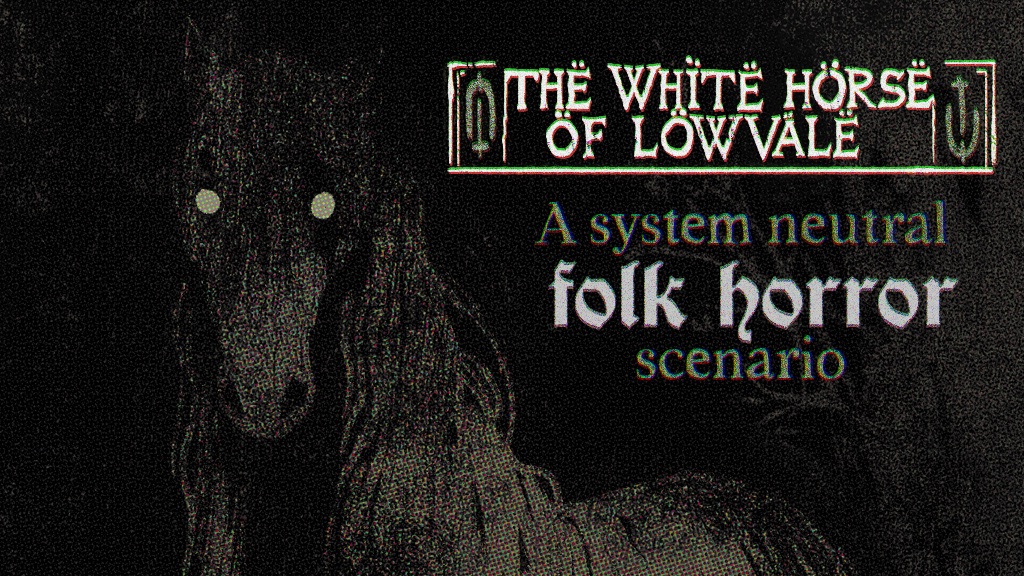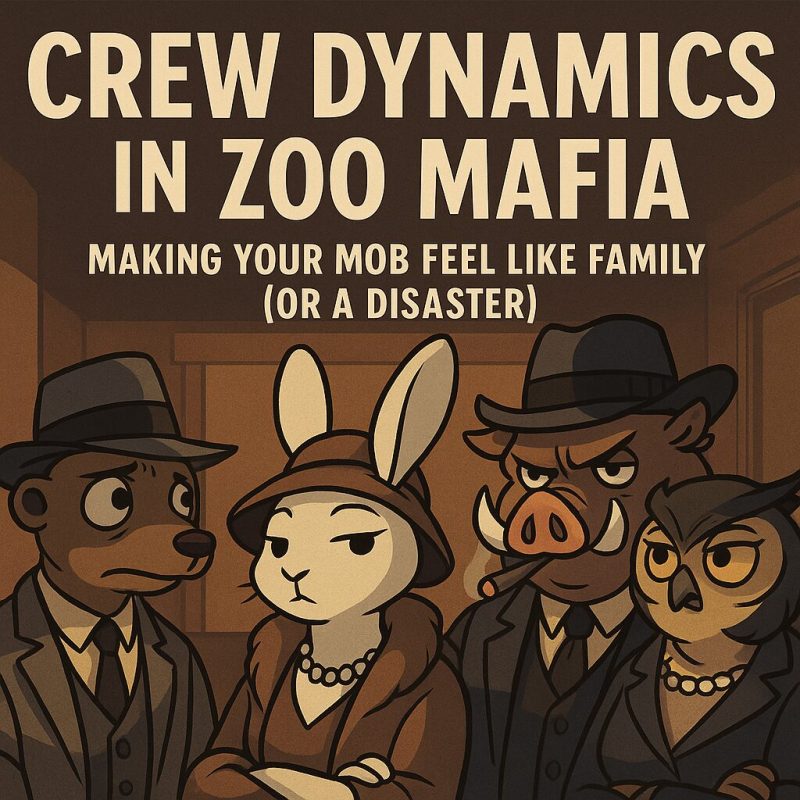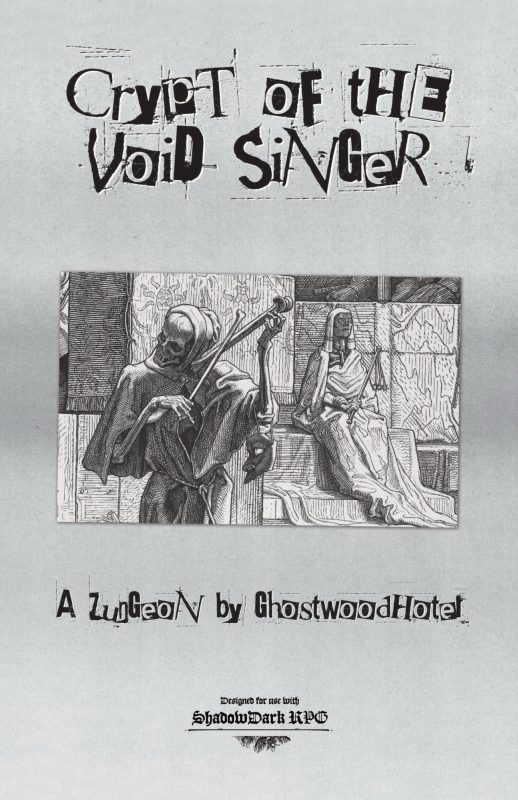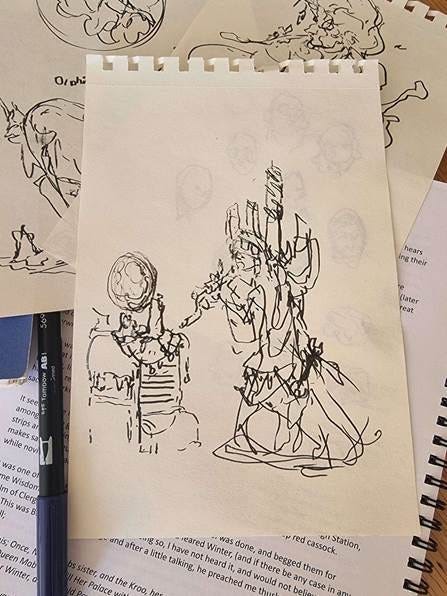SMOOSH JUICE
Bathtub Review: The White Horse of Lowvale

Bathtub Reviews are an excuse for me to read modules a little more closely. I’m doing them to critique a wide range of modules from the perspective of my own table and to learn for my own module design. They’re stream of consciousness and unedited critiques. I’m writing them on my phone in the bath.
The White Horse of Lowvale is a 53 page system agnostic module with art, layout and writing by Tania Herrero. In it, the beast Nykur plagues the village of Lowvale, and you are hired to put an end to the menace. Where Crown of Salt was Herrero tackling a dungeon, the White Horse of Lowvale tackles a village and wilderness in her characteristic style. I backed this during Zinequest, for a print copy (I picked up Crown of Salt by the same author in print as well).
As with Crown of Salt, it’s difficult to break the White Horse of Lowvale down, because it doesn’t follow any traditional structure. Of the overall text, about 8 are in a picture book format, featuring folk tales. As my friend Derek astutely noted, these pages you could spin around and read out to your players, effectively. Most of the book is key, though. The writing is creative and works synchronously with the art in a unique way — for example, the hook is presented as a wanted poster. The printed book itself is gorgeous, solid and with premium paper, and I’d recommend the print copy over digital, as I found it very easy to let my glaze over when reading the digital version, where it wasn’t easy to comprehend in print. The art is astoundingly good, and many individual spreads are a work of art in and of themselves. I think there are a few small missteps — the keys have an opening paragraph that didn’t follow my eye’s natural draw, which meant I kept starting in the middle of the entry — but for the most part the layout is peerless. And the writing here is incredibly evocative, especially where it breaks into the “picture book” sections; it is, however, not brief, and meanders a lot, and with the lack of highlighting, I lose a lot of the content to memory. Some people prefer this though, and it’s an elegant take on a traditional longer form text — your mileage may vary. A smart addition here is the highlighted sections that help guide the referee to basic needs — meals, markets, henchmen and healers, and later system agnostic “stat blocks”; these make picking out the parts you need mechanically or regularly, a little easier. More attention to this in paragraph would have helped me.
Structurally, it expects the referee to intuit how to run it, and I don’t think it succeeds — we’ll get back to that. The aforementioned wanted poster is a tight frame, which allows the text, which is meandering and generous, to be approached with some direction. The layout, art, and writing working together are top notch, but there is little page-to-page consistency which limits navigability, except if you’re looking for specific art, which here serves as the most important navigation beacon. There are a number of structural issues, though, that would have benefited from a developmental edit. For example, the mill is the last item in the village key, but it should be the first thing to be visited: The information here is delivered as the answer to the “question” of the village, but I don’t think that this improves the experience of the read in the context of it being a module. Starting here would help the referee see what’s coming and what they’re looking for, and make the trail of breadcrumbs clearer. I think the assumption is that, because you’ve read the whole module, you’ll be able to incorporate a lot of information, but I’d appreciate more guidance here, as I struggled to see how the players wouldn’t be quickly slaughtered by literal invincible foes, despite those breadcrumbs being there. There’s a clear trajectory through the module that’s expected here — from the children to Goodfellow, to Nana Taga, to the beast, encountering the Green Knight on the way, collecting these fairy’s true names and runes as you go. But there’s a chance you’ll never encounter the Green Knight — this is an essential encounter that’s gated behind randomness, and also not all players would loot this body for the essential item he carries. Restructuring this would help a lot — as is, if the referee is not taking notes you’ll struggle to communicate it to your players. I didn’t get it until my second read, and due to the lack of highlighting, you can’t skim for any information.
Mechanically, there are a few misses for me. The Woods themselves use a mix of “fixed” and “unfixed” hexes, with random encounters layered on top. I’m not a fan of randomised locations in general, but here there are 6 unfixed hexes and 9 empty hexes to fill them with. This means you’re getting repetition, but also that a lot of them could have just been fixed. The goal, I think, was a sense of being lost in a fairy realm here, but I think that removing the capacity to get a sense of where you are really clashes with the necessity of this being a hex crawl at all. If you are able to explore the hexes in a systematic way, hexcrawls make sense. If you can’t — should they just be random encounters? Or should this be a point crawl? Certainly, the random encounters tie into the hexes in a pleasant way, and make for interactions that are pleasing when combined with both fixed and unfixed hexes. A larger issue is the fact that a few of these unfixed hexes are essential — if you luck out and don’t find them, you can’t slay the beast. I think what this is saying is that in play, Hererro is expecting the referee to make sure this hex is encountered — there are more elegant ways to do this, though, and I think they should be implemented in terms of travel structure, rather than hoping the referee will realise and fudge the roll. Exploring this won’t be uninteresting, but it might feel pointless, particularly if you stumble across the same unfixed hexes repeatedly. Complicating matters is the fact that there is a rigid timer — 4 days, and after the first, 1 source of important information is killed. I love a module on a timer, but I am genuinely worried that with all the combat, there’s a decent chance that the party will die or have to retreat a number of times, and by the time they make it, it might be too late — and then, your employer is killed, so the party just…leaves Lowvale? This feels unsatisfying to me. Either I’d soften the timer, or strengthen the faction play so you might play them off each other a bit more, because it feels like it might be too dangerous a module to complete in the time.
The sense of fairytale or folk horror in this module is exactly what I wanted. The encounters are equal parts creepy and eerie, and you fully buy between Lowvale and the Woods that you are participating in a fairytale, especially the unfixed locations. Every encounter is iconic. But it might be too much. With 13 locations, all packed with unique and individually compelling fairytale encounters, the density feels a little much for me? There are no breathers, and you need to travel through 5 hexes minimum to find the beast that is your goal; and it’s unlikely that you’ll travel there via a direct route. To me, this places it solidly in the adventure tour category of module — you’re here for the vibes and to inhabit these encounters, not for exploration or problem-solving; but there are some solid combat encounters here, meaning the party are going to face serious danger.
For me, more referee advice would be helpful. Hererro does include referee advice, and referee-facing information, so I think that choosing not to include it is more of a mistake than if she had decided to omit any at all. You’ll need to read through this once or maybe twice, and take notes, and make references, if you want to run this. Whether this works for you or not is probably something to consider — I typically don’t want to do this work, and I wish Herrera could find an approach to bridge the gap, but the strength of Herrero’s writing and art combine to outweigh the negatives for me here. Similarly, the complete system-agnosticism — which wasn’t present in Crown of Salt — feels like Herrero doubling down on her immersion conceit, and I think it works really well, but it compounds the issue of requiring additional work on behalf of the referee to get to the table.
I’ve read White Horse of Lowvale 3 times now, once in digital and twice in print, and the module it reminds me most of is the Isle — the first module since the Isle I’ve read that mimics the sense that it was written as much as an experience for the reader and referee as it was as something to be run. Whenever Herrero is given the choice of how to structure, she chooses to ask questions and then drip-feed you the answers later, making for a fun mystery of a read. Characters are developed, I think, in service of the narrative — for example the players don’t care that Tarna wants to move to the city to escape this all, except in that it’s sad when she’s taken by the beast — repeatedly I wondered why things were relevant, and I don’t think they were to the game at play, but rather to the experience of the reader. This is as much a story told through the format of a module as it is a module itself. The seams here — where Hererro rubs up on the borders between these two formats — are abrasive, though. The traditional module structure clashes with the needs of the fairy tale. That said, I think this is exceeds the Isle as an experiment of trying to make the twain meet. It’s a progression in many ways away from what we liked about the Isle and towards a better version of that category of modules. Hererro brings characterization and a density of concept here that she did not bring in the already compelling Crown of Salt, and I can’t wait to see where she goes next. I hope she finds a way to make those seams less abrasive without making it less playable, rather than moving in a direction more similar to the Isle.
If you’re looking for something that will provide you with a lot of support in running, or your table likes spatial puzzles and methodical crawling, the White Horse of Lowvale is not for you. If you’re looking for a dark tour through a village inhabited by people haunted by the Wood that surrounds them, and then a carnival ride of dark fairy encounters in the Wood itself, however, I’d check it out. It will require a bit of work on your behalf, I suspect, however, unless you’re very good at reading things closely and remembering things clearly. If you’re a sucker for high quality print editions and out-of-this world art, I’d also give it a look. In general, it makes for an amazing read, in terms of writing and conceptual density: This is wall to wall powerful writing and compelling encounters. I’m certainly very happy to have it on my shelf, and if you have friends who’re into dark fairy tales, the White Horse of Lowvale is an excellent pitch.
Idle Cartulary
Playful Void is a production of Idle Cartulary. If you liked this article, please consider liking, sharing, and subscribing to the Idle Digest Newsletter. If you want to support Idle Cartulary continuing to provide Bathtub Reviews, I Read Reviews, and Dungeon Regular, please consider a one-off donation or becoming a regular supporter of Idle Cartulary on Ko-fi.









